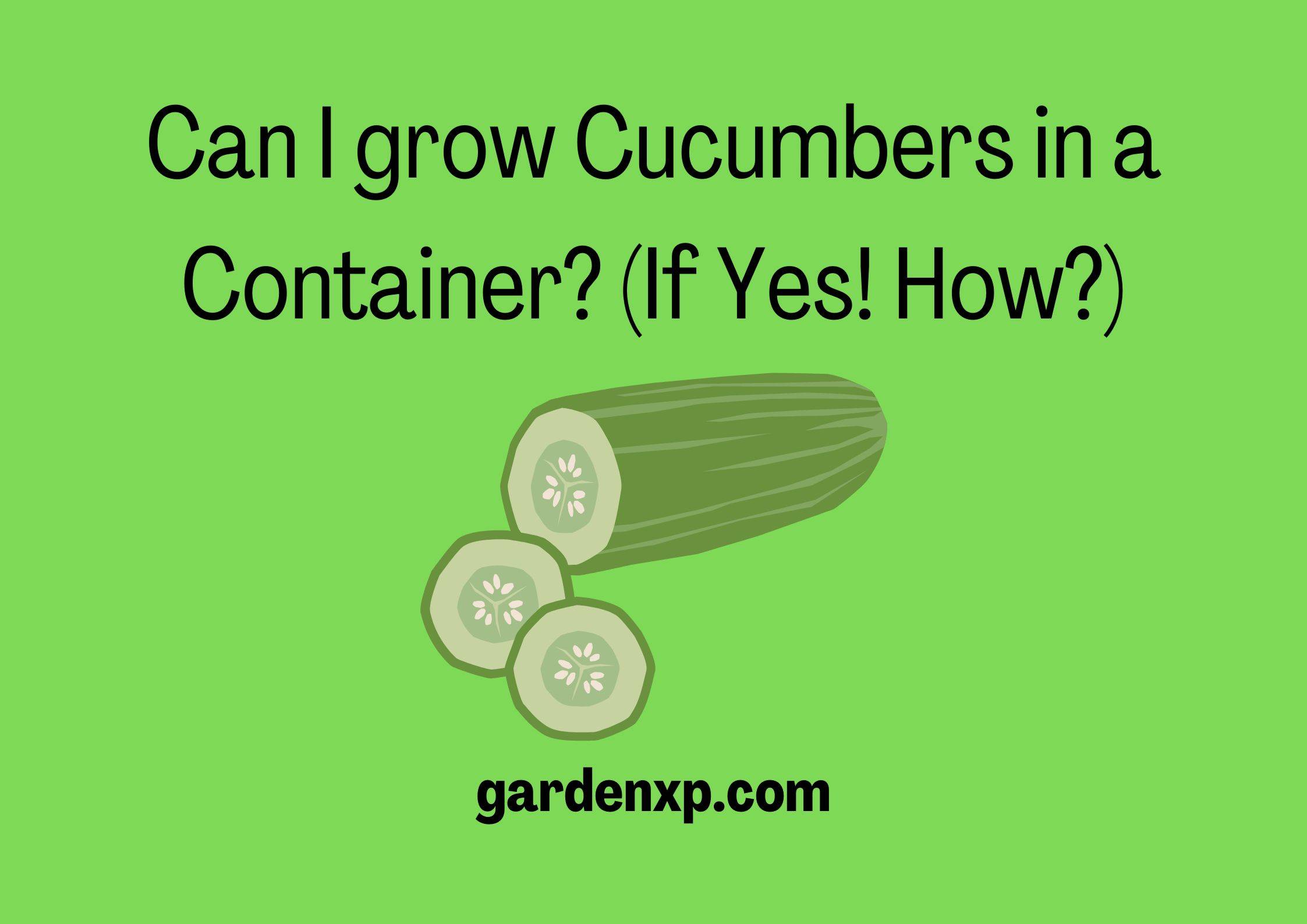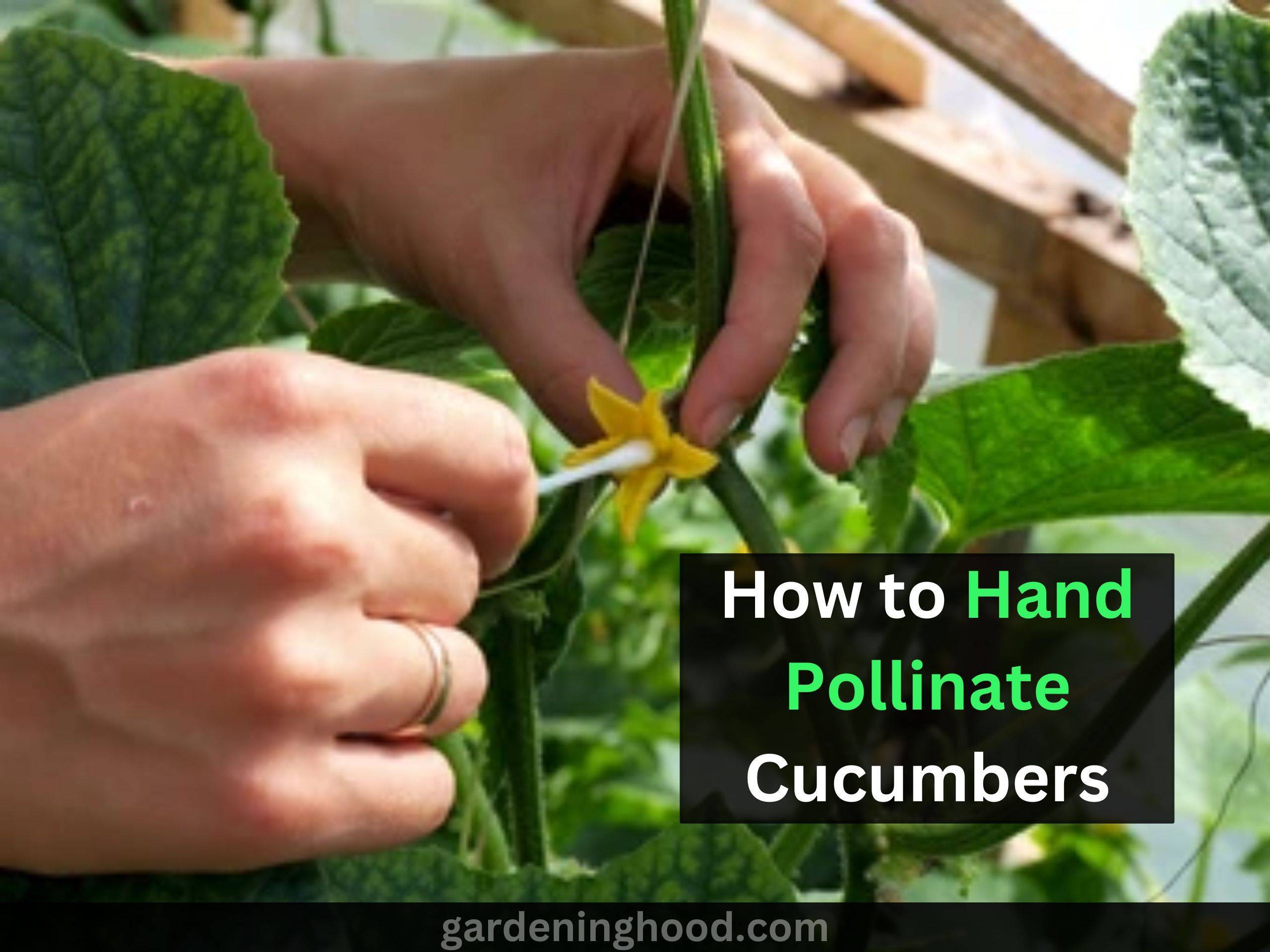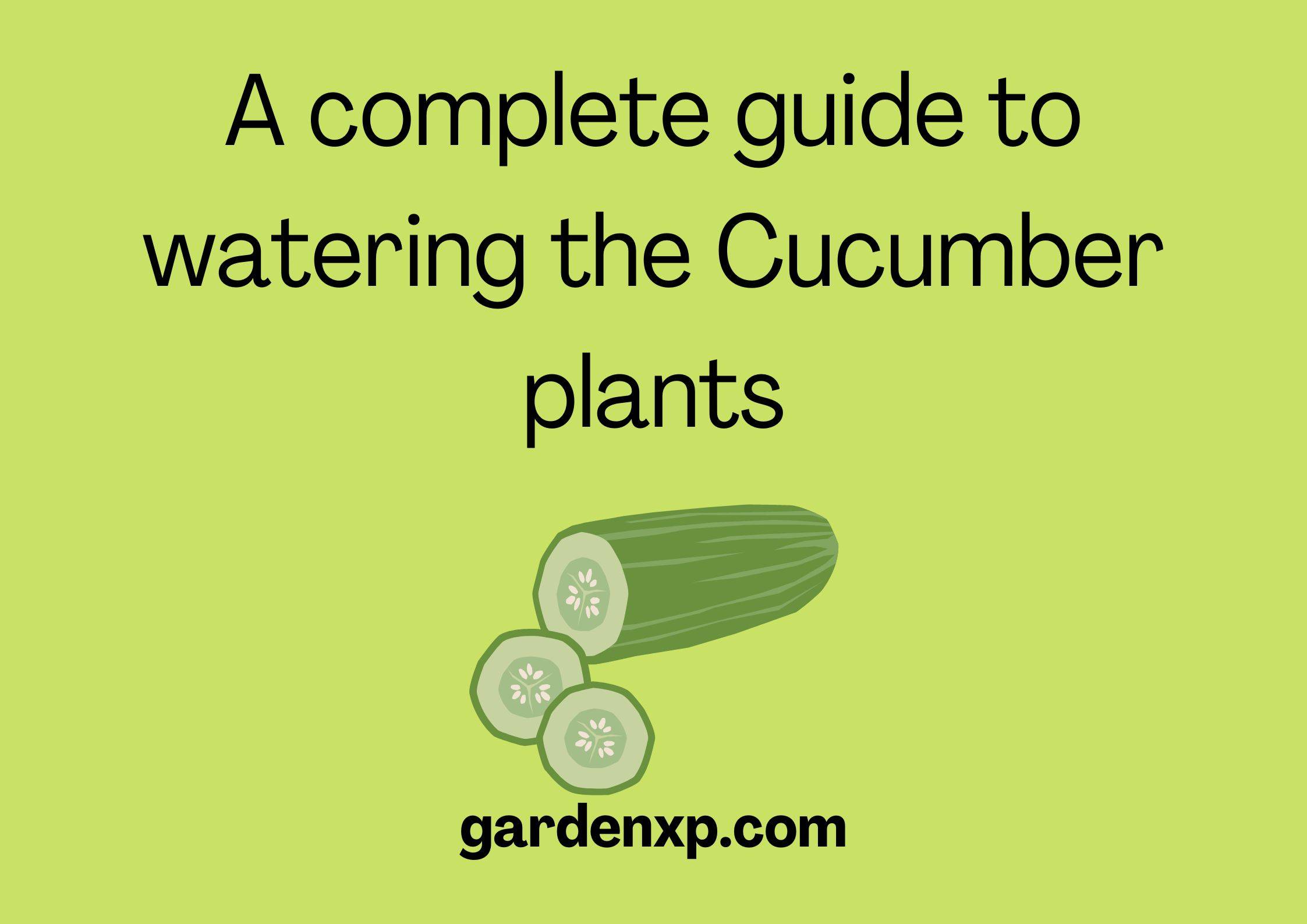8 Best Parthenocarpic Cucumber Varieties to Grow (Self-Pollinating)
Hey folks! Welcome back!
I hope you are doing great in your gardening field. Amaze yourself as we will be discussing some of the Best Parthenocarpic Cucumber Varieties to Grow. There are so many varieties of plants, vegetables, and fruits that are provided by nature to us.
You may surely hear about the pollination process that people use to cultivate fruits in a plant. There are so many plants that sometimes are unable to produce fruits so it is an artificial technique in which pollen is transferred to the stigma.
Quick takeaways:
- The term “parthenocarpic” describes a plant that may produce fruit without pollination.
- Parthenocarpic is a beneficial trait for cucumbers cultivated in protected cultural systems as pollinators are not needed in this instance.
- The interesting fact is Cucumbers that are grown with this process are seedless. This is also a major reason people usually prefer the Parthenocarpic cucumber species.
People thought that these fruits were not so good for health. So, they prefer to grow plants that do not require pollination to produce fruits.
In this article, we will discuss the best Parthenocarpic cucumber species that you can grow in 2022. There are several different production methods used to grow cucumbers.
What Does Parthenocarpic Mean?
Parthenocarpic is one of the terms that are derived from the Greek words “Parthenos,” meaning virgin, and “karpos,” meaning fruit.
This is one of the methods that can produce fruits without the process of fertilization. You cannot mix this concept with self-pollination as both are different in their ways.
Why Do People Grow Parthenocarpic Cucumbers?
Are you curious to know why people grow parthenocarpic cucumbers in their home garden? The main motive for this was to raise the yields of greenhouse cucumbers. It is because it will not include the process of fertilization, and without that, you can grow the parthenocarpic cucumber in your area with less number of pollinators.
But the concept for the home gardeners becomes somehow different as they grow them because of other reasons. One of the reasons is that they are seedless cucumbers if you do not pollinate them.
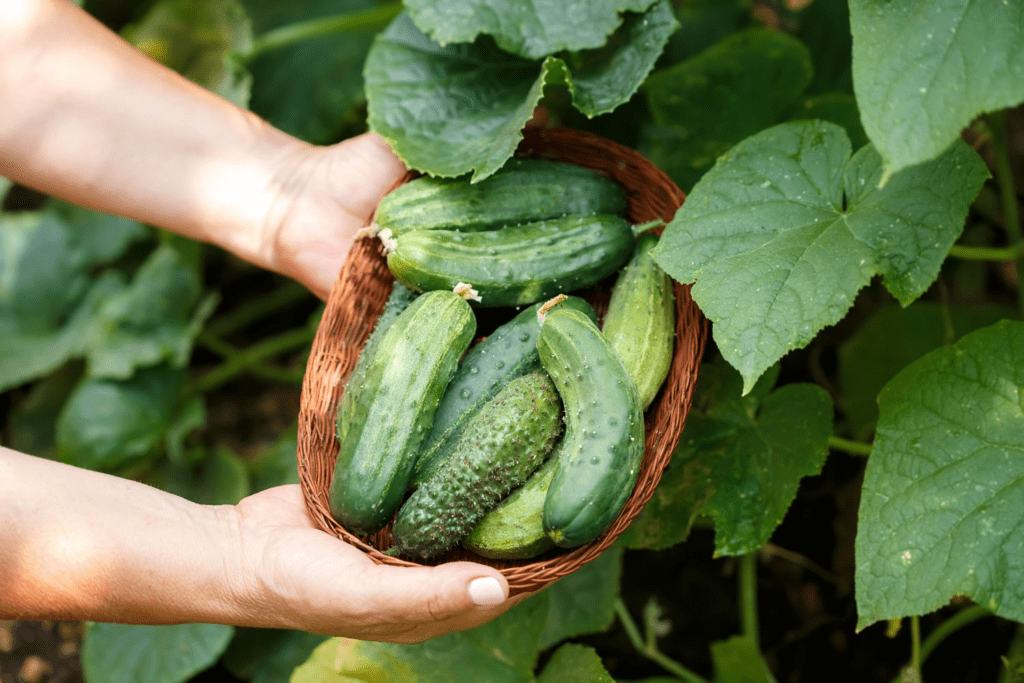
One of the great reasons for growing parthenocarpic cucumbers is that you will receive a good harvest in your area. So to receive consistent yields, you can choose to grow Parthenocarpic cucumbers in your home garden.
8 Best Parthenocarpic Cucumber Varieties to Grow
Since grow tunnels and greenhouses are frequently used for cucumber crops, many commercial farmers concentrate on cultivating parthenocarpic cucumbers. All gardeners wish that the plants they grow should stay safe from any type of disease that affects their lives.
There are several varieties of Parthenocarpic cucumbers but we will only discuss the ones that have the best productivity and disease resistance properties so that you don’t get a loss or side effects after eating them.
1. Sweet Success
This is at the top of the list. Sweet Success is an impressive species of parthenocarpic cucumbers that can be eaten without peeling due to its dark green and thin skin.
The fruits can be grown up to 12 inches and are free of bitterness. It can easily adapt to any type of climatic change and has a good capability of resisting diseases.
2. Socrates
If you are living in cold climatic conditions then this species would be best for you because of its tolerance to cold climates. Socrates generally produces fruits in the fall season.
You can easily remove fruits when they are grown from 6 to 8 inches and eat them without peeling. It is highly productive and it would be the best option for you.
For more such plant related-articles, you may also read, Best Cucumber fertilizers for good Harvest (How often to use them?)

3. Tyria
It is another disease-resistant variety that grows large-size fruits of size up to 14 inches.
It is the largest variety with a thin skin texture and lacks bitterness which makes them taste sweeter. Because the fruit is somewhat ribbed, it works well as a salad or garnish.
4. Picolino
This is the best alpha-type cucumber that grows short fruits with thin, rubbed skin. The fruits are uniform and 4 to 5 inches long.
It is a highly prolific and disease-resistant species that droops from incredibly fruitful vines. It is a popular variety of cucumber among all the growers.
5. Katrina
It is another variety that grows up to 6 inches when mature. Katrina is best for hot climates or you can conclude that it’s the opposite version of Socrates with high heat tolerance.
This is mostly grown in the southern parts where summer is at its peak. This is sweet with a thin skin layer and is highly disease-resistant.
6. H-19 little leaf
One of the rare parthenocarpic semi-bush cucumbers, and the ideal parthenocarpic pickling cucumber. The Little Leaf, so named because of its little leaves, is a heavy-yielding, compact vine with several branching branches that bear 3 to 4-inch fruits.
Although it is not a real bush cucumber, it is tiny and compact enough to work nicely in containers. Even when the environment is stressful, it will still produce.
7. Iznik
This is another short variety of cucumbers with 3 to 4 inches of height. You can eat them directly but they are also sometimes preferred for pickling.
It has smooth, tender skin with a compact size and is best grown in containers. The fruits do not have to be peeled before you eat them and they have a semi-bush growing habitat.
8. Excelsior
This type has a robust growth habit and is resistant to illness. It’s a great cultivar to use for pickling. In the summer and fall, it may be cultivated in a range of diverse climates.
The fruit matures after around 50 days. The fruit is medium in size, measuring around 4 to 5 inches (10 to 13 cm).
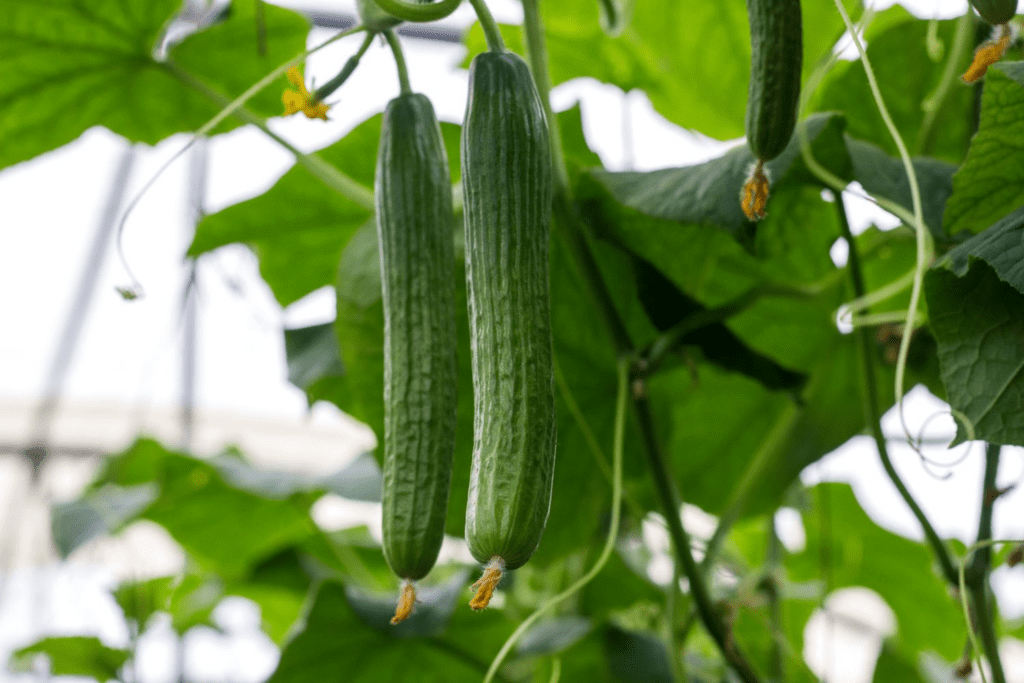
Why is Parthenocarpy Beneficial?
It is important or beneficial because of the following advantages explained below beautifully. They are as follows:
- One of the advantages is the consistent yields as these plants will not be dependent on the pollinators which will help them grow more.
- Another thing is that you can get seedless cucumbers from these varieties.
- These varieties prefer flexibility when it comes to growing them as the plants of this variety will grow well in the greenhouse or even in the indoor garden.
- It will not require much space so if you provide them with a small space then also these plants will grow amazingly.
Wrapping up the Context
These species that we mentioned would be the best choice for you. You can easily grow them even if you are a beginner. The best and most common thing about all these is disease resistance ability which is an important and very beneficial factor for a garden.
You just need to take a little care of them and in return, you will get sweet results. It is because it will not include the process of fertilization, and without that, you can grow the parthenocarpic cucumber in your area with less number of pollinators.
If you are still confused between these options then we suggest you go for Sweet Success cucumber. It is highly productive and adaptive to almost every environment. We are sure that you won’t suffer any problems by selecting this variety.
Thanks for reading! Happy gardening!
FAQ‘s
Are Straight Eight cucumbers self-pollinating?
Yes, straight eight cucumbers are the cucumbers that are self-pollinating as they do not require any other cultivar for the process of pollination.
Do parthenocarpic cucumbers need to be pollinated?
No, Parthenocarpic cucumbers do not need to be pollinated for giving you the outcome.
Which cucumbers are parthenocarpic?
Some of the cucumbers like English and even Beit alpha come in the category of Parthenocarpic cucumbers. They tend to grow great in the greenhouse.
